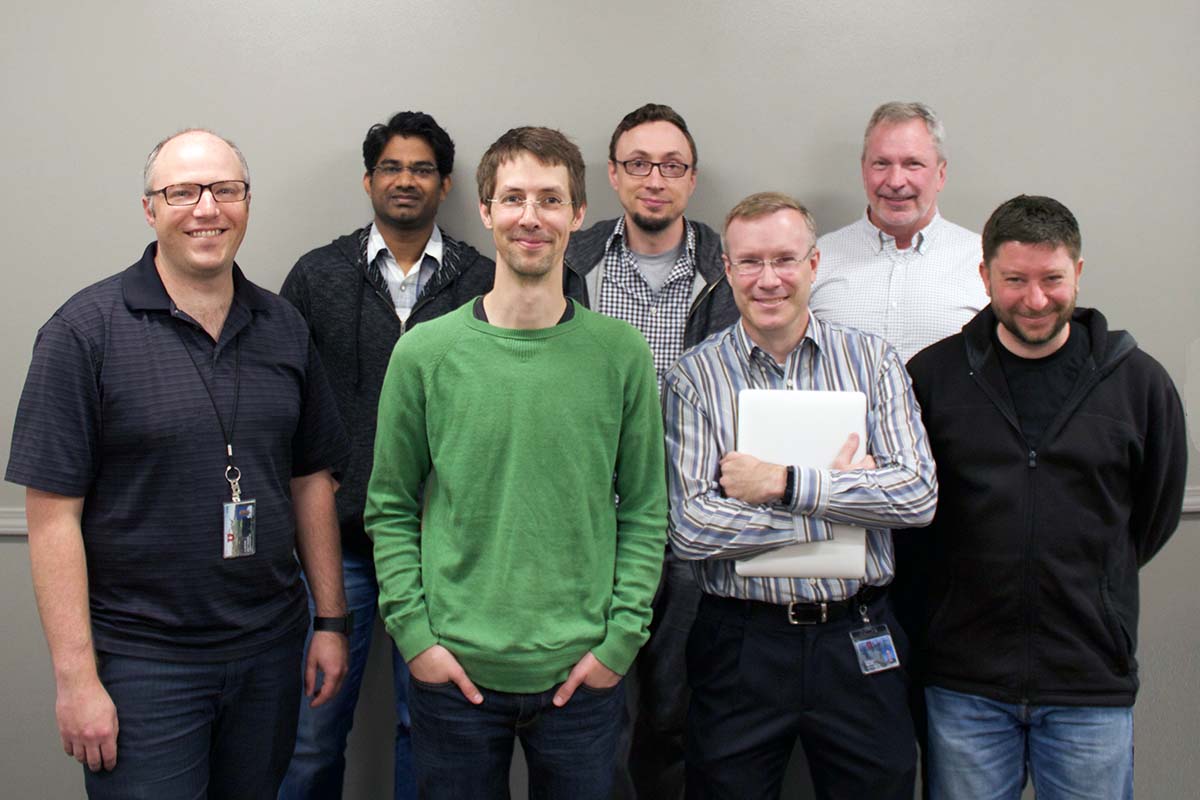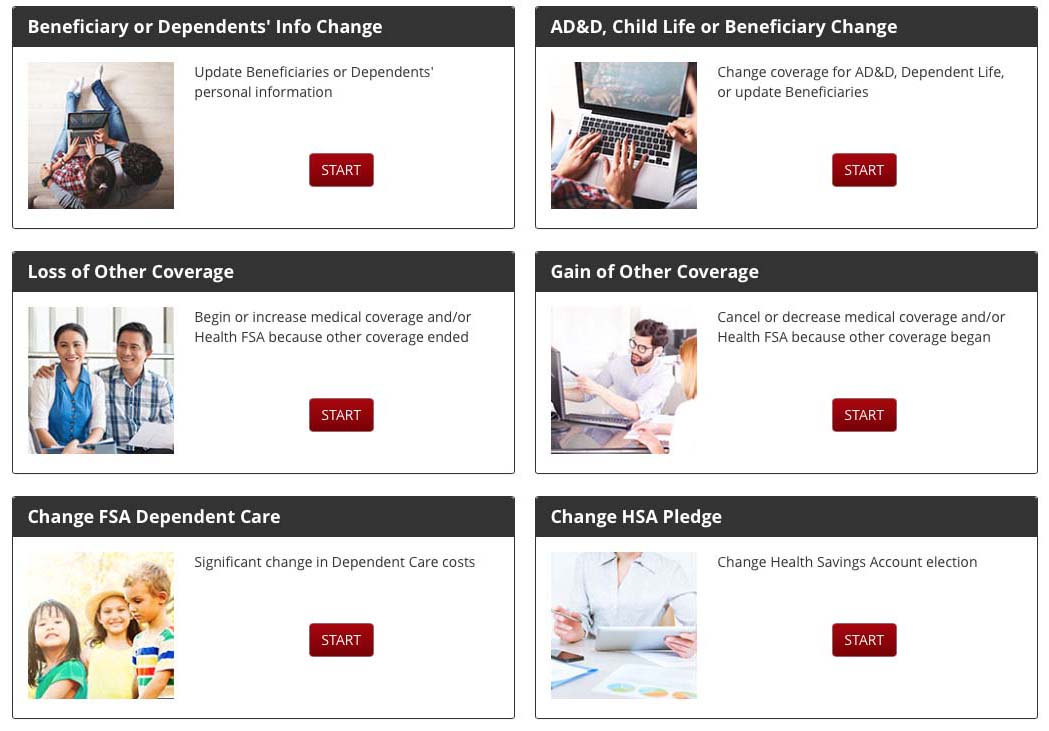You’re accessing archived content
This is archived content from the UIT website. Information may be outdated, and links may no longer function. Please contact stratcomm@it.utah.edu if you have any questions about archived content.
New web forms speed UBenefits' paperless evolution
UIT's HR web development team in University Support Services (USS) and the U's Division of Human Resources continue to roll out PeopleSoft-driven enhancements to the UBenefits web application, automating the U employee benefits enrollment/change process while phasing out paper forms.
"We are working closely with our IT partners and making great progress on moving all of our benefits online," said U Chief Human Resources Officer Jeff Herring. "When complete, it will provide greater efficiency and a much better experience to all our employees."
While the entire web application won't be in production until October 2017, certain elements are in use now:
 |
|
UIT's HR web development team, from left: Clinton Matthews, Srinivas Peddola, Matthew Edgren, Tadd Helquist, Doug Kenner, Gary Carter, and Geoff Anderson. |
Other forms are coming soon. Online Open Enrollment for next year starts in early May, and Change Your Benefits web forms coming soon include Remove a Spouse/Partner; Change FSA Dependent Care; Change HSA Pledge; Cancel Disability, AD&D or Life Insurance; Beneficiary or Dependents' Info Change; and AD&D, Child Life or Beneficiary Change.
"In addition to efficiency, more broadly it's helping our employees understand their total compensation better, rather than just seeing what they're paid and their flat salary," said HR Business Systems Analyst Tadd Helquist. "It's helping them become more familiar and appreciate their benefits package more."
 |
|
Examples of life events that potentially signal a change in U insurance or benefits
coverage. |
On the management side, Gary Carter, Associate Director of Product Management/HR, noted that automating HR processes eliminates the need to re-enter information from paper forms, thus mitigating duplication of effort and saving time. Doug Kenner, HR/Auxiliary Team Manager added that it improves data accuracy.
"There are validation edits in place to make sure they are actually eligible and their information is correct," Kenner said. "With a paper process, they're typically faxed over and fact-checked, but usually later down the line."
User Experience Developer Geoff Anderson conducted usability tests on several pages under revision. UBenefits is meant to be used and understood by all U employees, so while processes should be familiar to test users, Anderson said the new iterations are different enough to justify a usability review.
"Those processes have already been tested and we're confident people understand them, but when we have to modify those screens to do something they might not have been originally designed to do, we want to make sure they're usable in that new context as well," he said.
For simplicity, pages are typically broken down to one or two tasks per page. User testing, typically made up of five to eight volunteers, helps to validate the intuitive design of an application, shed light on unforeseen trouble spots, or on occasion, trigger a complete overhaul.
"That's why it's so important to test early and often – to catch problems before we've invested too much development time on them," Anderson said.
Node 4
Our monthly newsletter includes news from UIT and other campus/ University of Utah Health IT organizations, features about UIT employees, IT governance news, and various announcements and updates.
